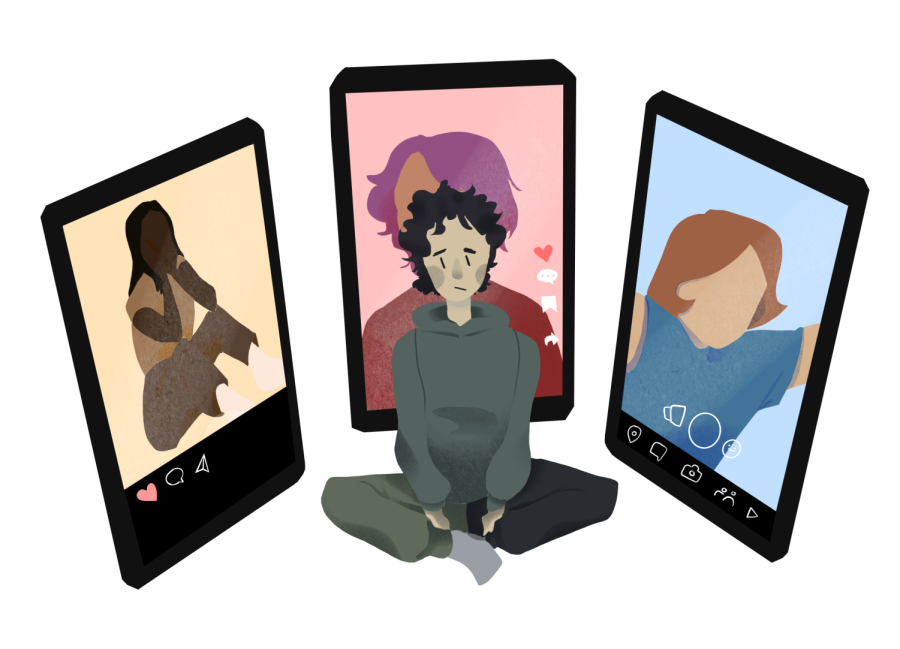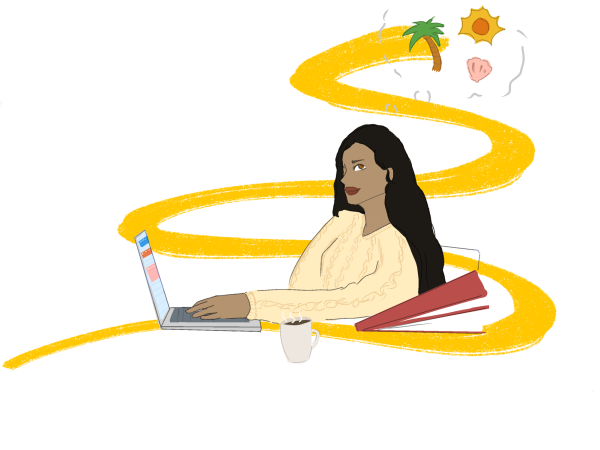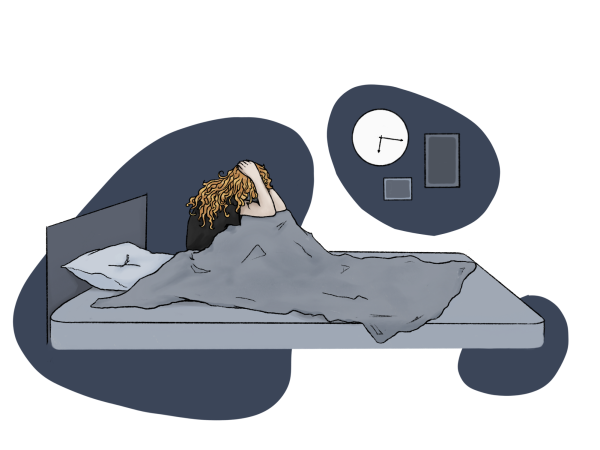Social Media Causes Teenage Isolation
March 1, 2023
“[Teenagers] love being social and love the positive feelings they get when they’re talking to their friends, so they look to social media to provide that for them,” sophomore Michael Shtrom said.
For many teenagers, social media serves its primary purpose of forming bridges between friends and family who can’t interact in person often. Many also use it as a coping mechanism. It can be used to assuage feelings of loneliness and stress. Sometimes, I use social media as a coping mechanism if I’m stressed or need a break from homework. For instance, when I get home from a busy day at school, I occasionally spend time on my phone catching up on social media before I get started on work.
On the other hand, rather than bringing a sense of togetherness, social media often does the complete opposite: it isolates us from the real world. From when social media first set sail to grow in popularity among youth, our parents became weary of the dangers with- in our phones. Recently, teenagers are becoming more aware of the negative aspects of social media. Widely discussed issues such as cyberbullying, depression, anxiety, and more simply scrape the surface of a larger issue that stems from the excessive usage of social media: isolation.
Regardless of its superficial nature of connecting the world together, I think that contrary to the name social media, platforms such Snapchat, Instagram, or even TikTok, can ironically make us quite unsocial. Overusing these apps can plunge us into a false reality and make us feel bad about ourselves or think that we are not enough.
“[Social media] gives an unreal glimpse into somebody’s life and teenagers, who are especially insecure, will compare themselves to people with different, and often better, circumstances than them,” sophomore Abigail Kamenetsky said.
Unfortunately, it is not always easy to tell the difference between the true reality and a forged reality portrayed by influencers, which results in overthinking and sentiments of being alone. This creates an added sense of insecurity for teenagers and often makes them feel secluded from the real world.
Furthermore, the more we use these apps, the less we interact with each other. For example, there have been instances where my parents and I are eating din- ner together, but we are all on our phones, either on Facebook, TikTok, or Instagram. In these cases, are we actually together? Clearly, the development of these platforms are slowly but steadily separating us from those around us.
Although social media’s initial purpose was to bring people together, it is also the riveting cause of loneliness among teenagers around the world, and begins a never ending cycle of isolation.













